The Grand Canyon is one of the most famous natural wonders in the world, located in Arizona, USA. This places is a must-visit destination for nature enthusiasts, offering unparalleled natural beauty and a sense of wonder at the Earth’s geological history.
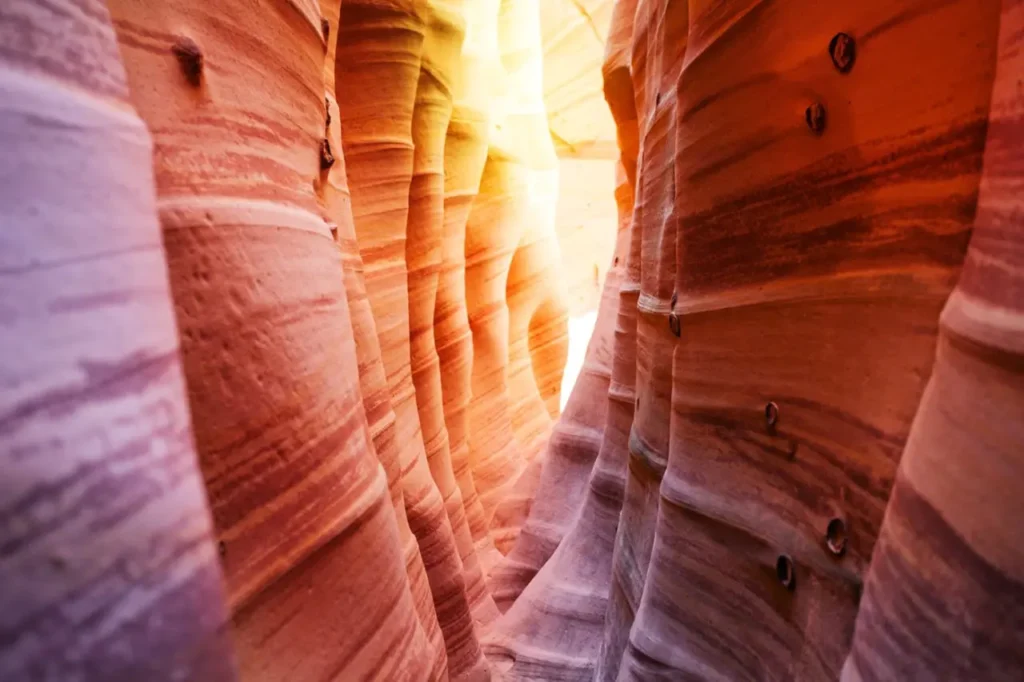
Visiting the Grand Canyon offers an unforgettable experience of natural beauty, geological wonder, and outdoor adventure. The vastness and grandeur of the canyon inspire awe and provide an opportunity to connect with the Earth’s incredible geological history.
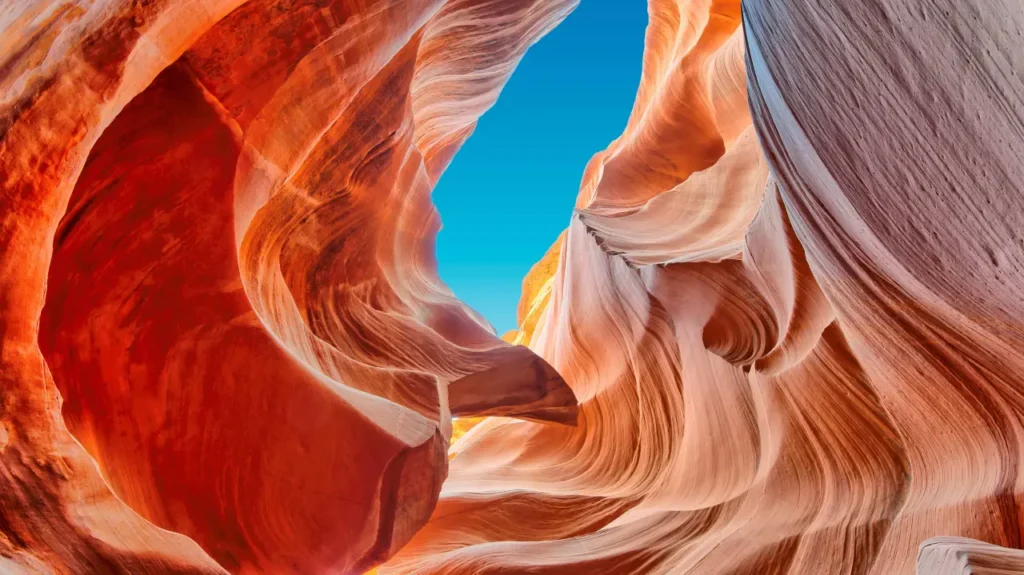
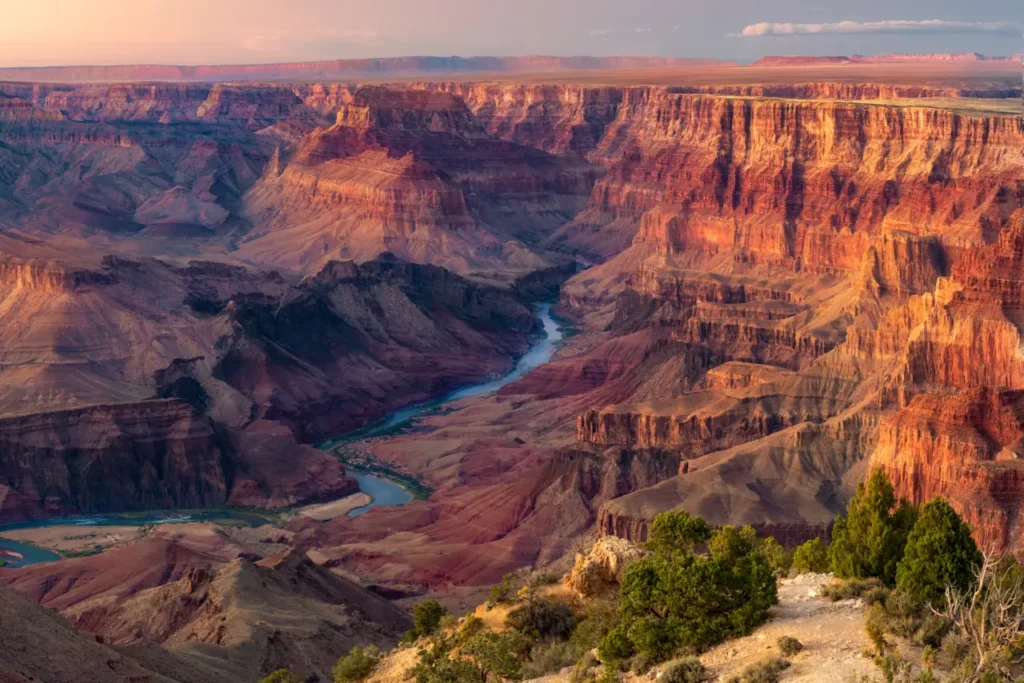
Let’s explore more interesting information about the Grand Canyon!
Size and Formation
The Grand Canyon is an immense gorge carved by the Colorado River over millions of years. It stretches approximately 277 miles (446 kilometers) long, up to 18 miles (29 kilometers) wide, and reaches a depth of over a mile (1.6 kilometers). The layers of exposed rock reveal a remarkable geological history spanning millions of years.
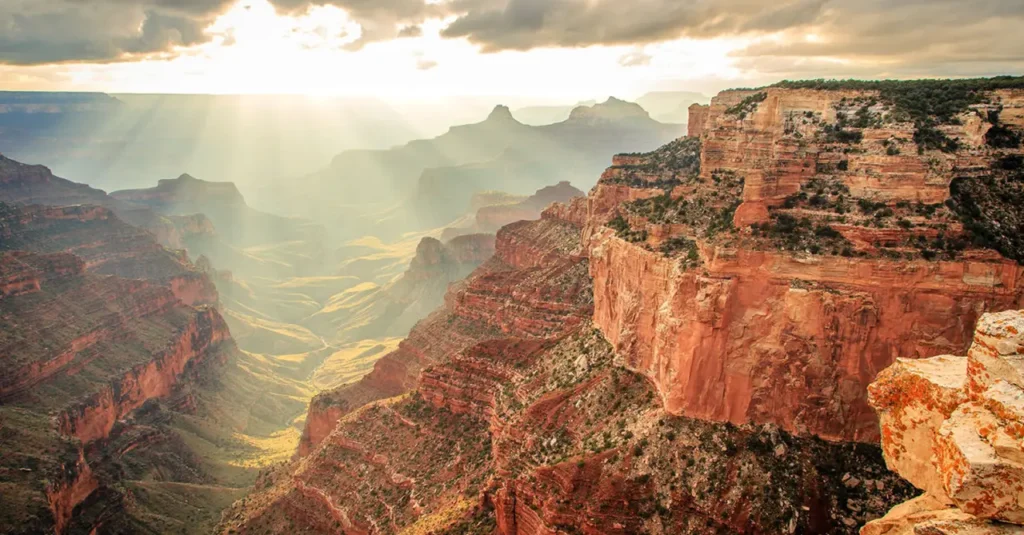
Grand Canyon National Park
The Grand Canyon is protected as a national park, established in 1919. The park covers over 1.2 million acres and is divided into two main sections: the South Rim and the North Rim. The South Rim is the most popular and accessible area, offering stunning viewpoints, visitor centers, hiking trails, and amenities. The North Rim is more remote and less crowded, with a different perspective of the canyon.
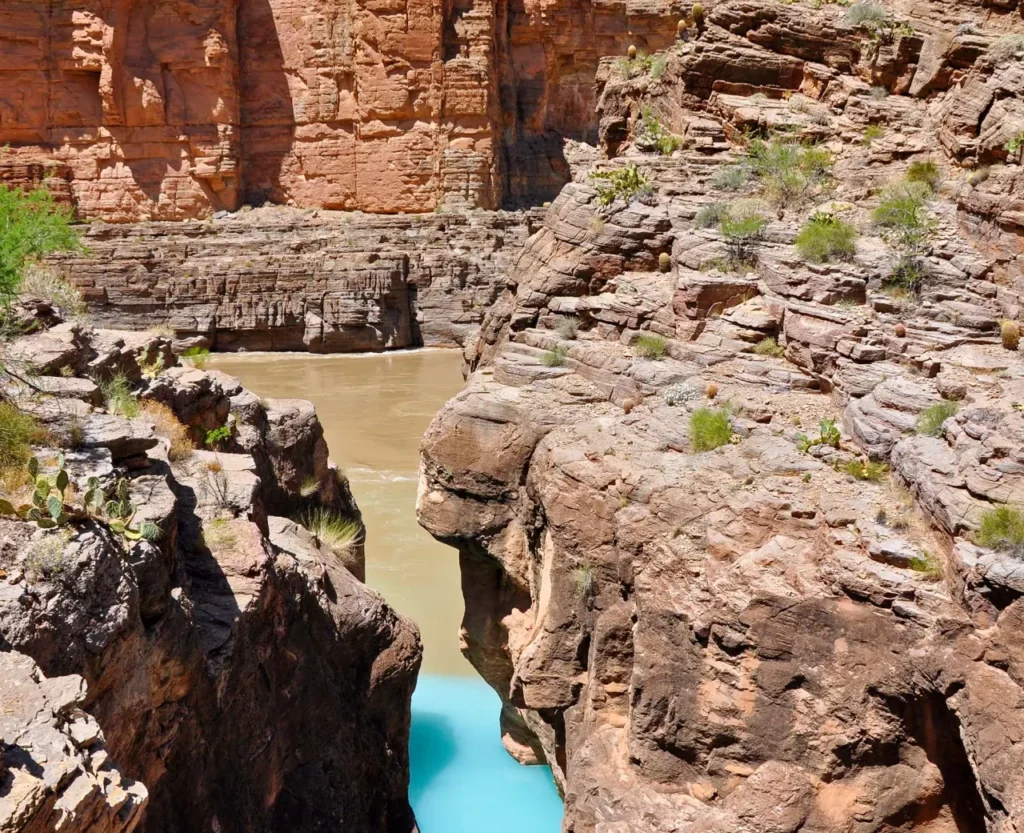
Scenic Beauty
The Grand Canyon is renowned for its awe-inspiring beauty. The combination of colorful rock layers, deep canyons, and vast vistas creates a breathtaking and mesmerizing landscape. As sunlight changes throughout the day, the canyon takes on different hues, particularly during sunrise and sunset, providing incredible photo opportunities.
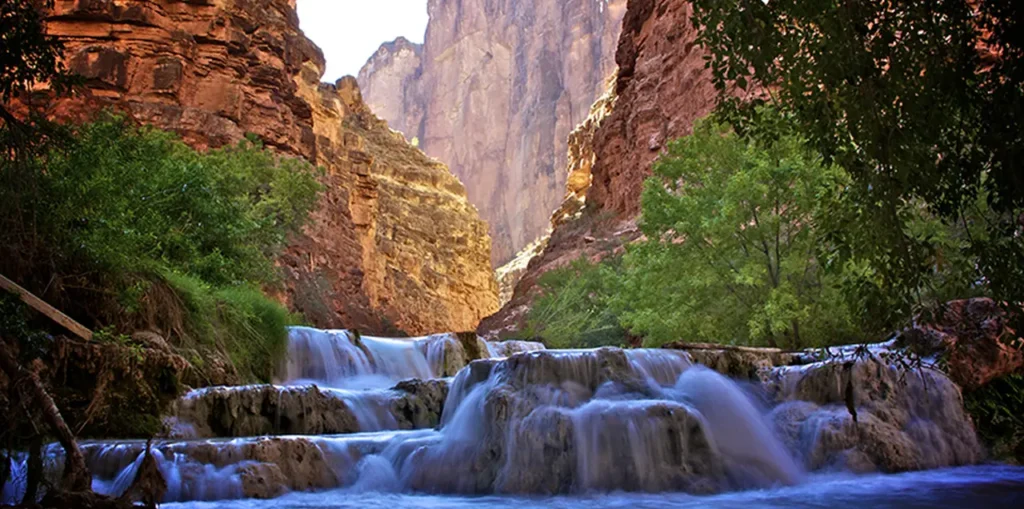
Activities and Attractions
Visitors can enjoy a variety of activities in the Grand Canyon. Scenic viewpoints such as Mather Point, Yavapai Point, and Desert View offer panoramic vistas. Hiking is popular, with trails ranging from easy walks along the rim to challenging multi-day backpacking adventures into the canyon. Other activities include guided tours, ranger programs, camping, wildlife viewing, and helicopter or airplane tours.
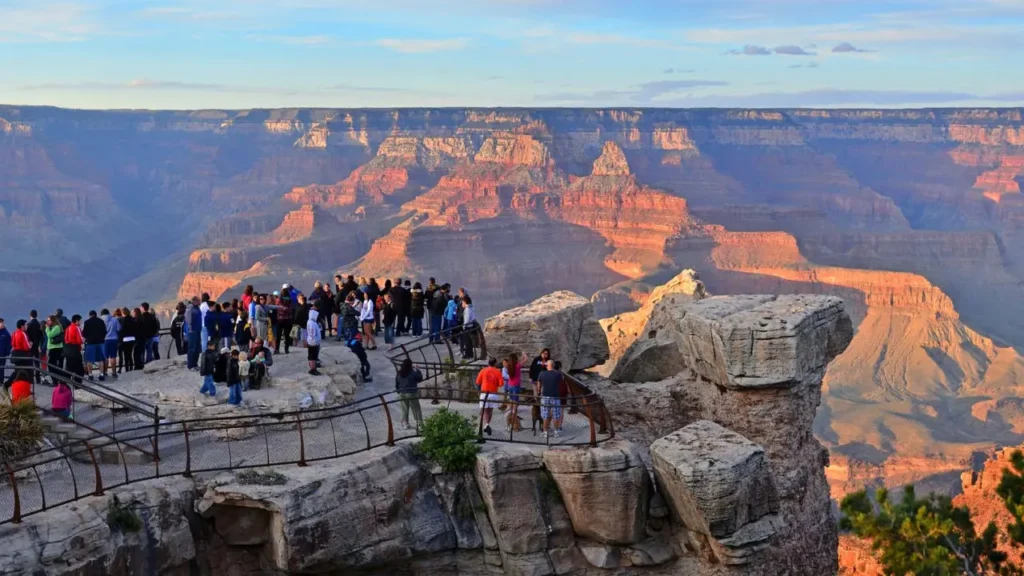
Colorado River
The Colorado River flows through the Grand Canyon, carving the steep cliffs and creating a lifeline for plants and animals in the area. Rafting trips are a popular way to experience the river and the canyon from a unique perspective. Both guided whitewater rafting trips and calm-water float trips are available, providing opportunities to explore different sections of the river.
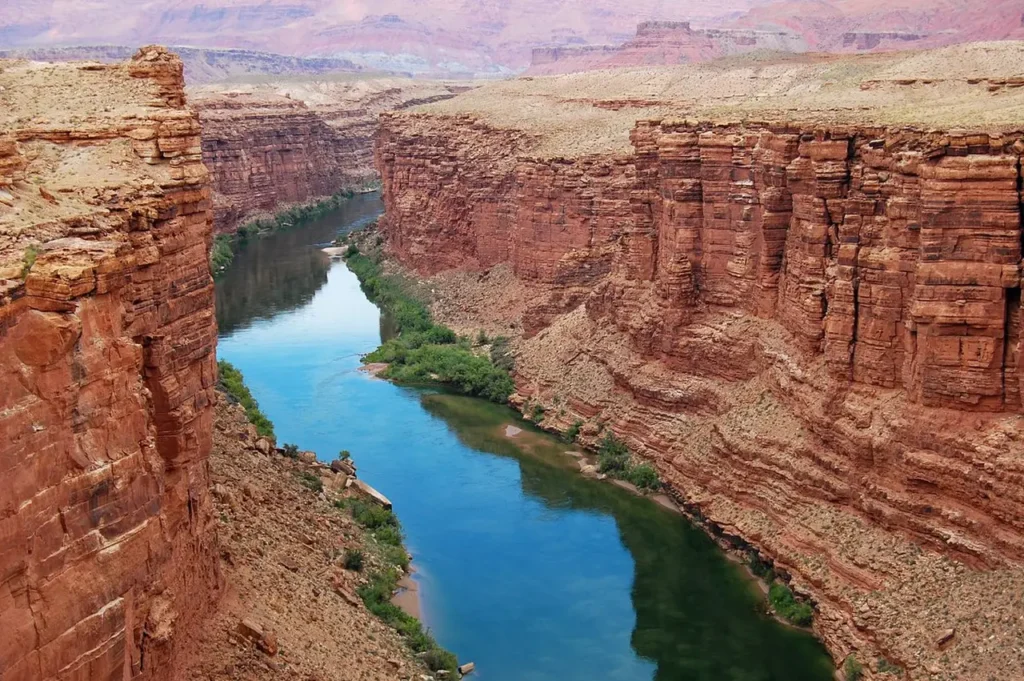
Cultural Significance
The Grand Canyon has significant cultural and historical importance. It is home to several Native American tribes who have lived in the region for thousands of years, leaving behind traces of their ancient civilizations. The park also preserves historical buildings, such as the Grand Canyon Village, and provides insights into the history of exploration and conservation efforts.
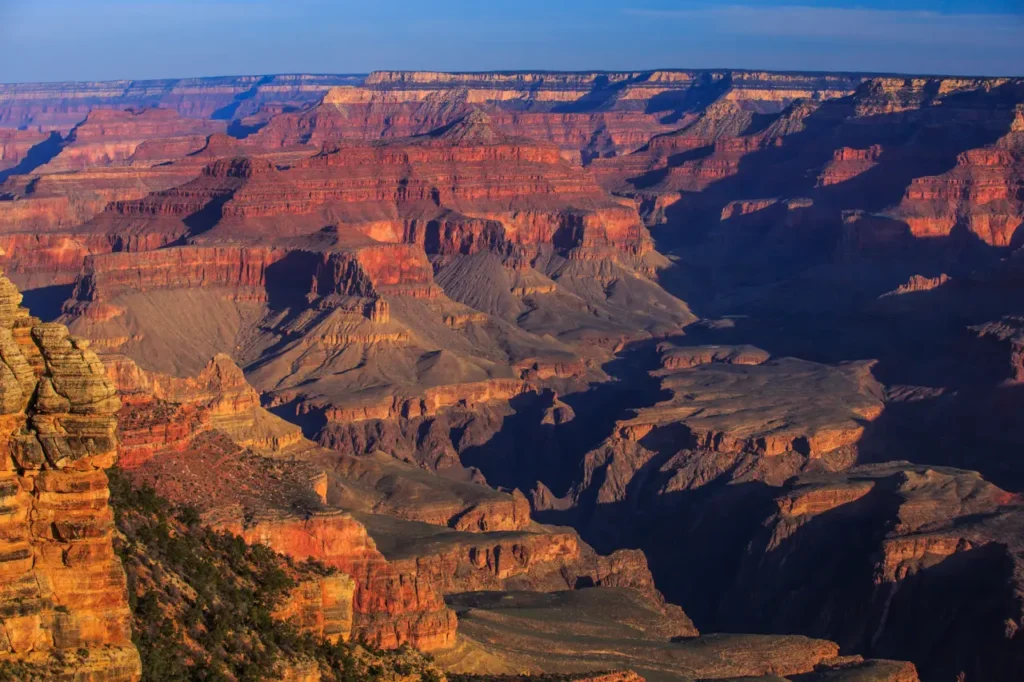
Geology
The Grand Canyon’s geology is a fascinating aspect of its beauty. The exposed rock layers in the canyon walls display a vivid record of Earth’s geological history, with rocks dating back billions of years. The different colors and textures of the rocks tell a story of ancient oceans, volcanic activity, and the forces of erosion that shaped the canyon over time.
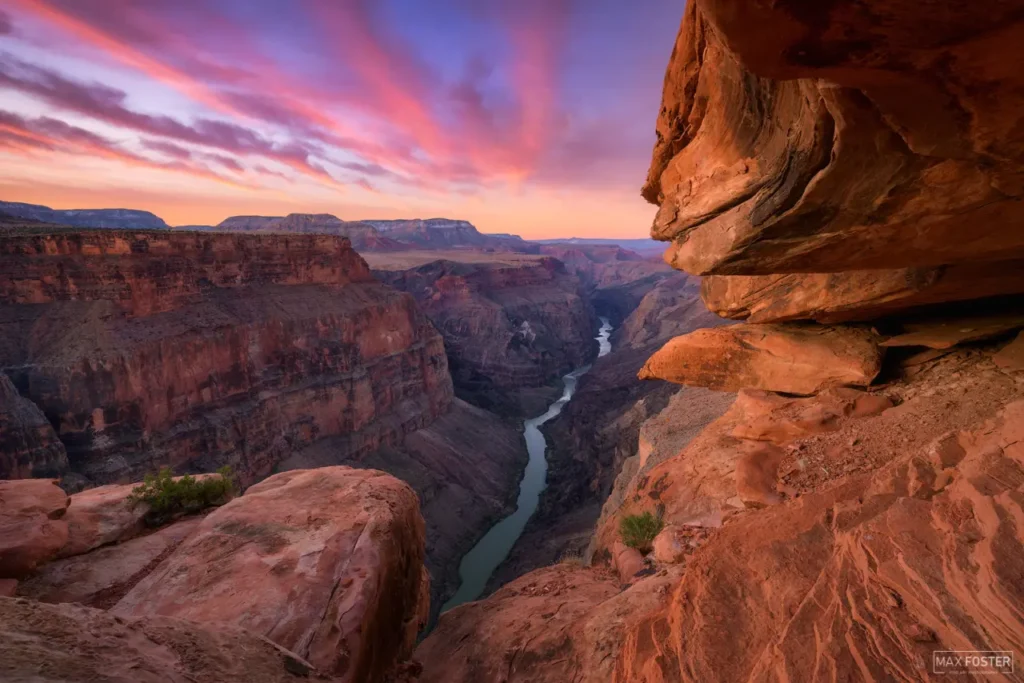
Rim-to-Rim Experience
For avid hikers, the Grand Canyon offers the opportunity to embark on a challenging but rewarding adventure known as the Rim-to-Rim hike. This trek involves hiking from one rim of the canyon to the other, crossing the Colorado River in the process. It’s an epic journey that takes multiple days and requires careful planning and physical fitness.
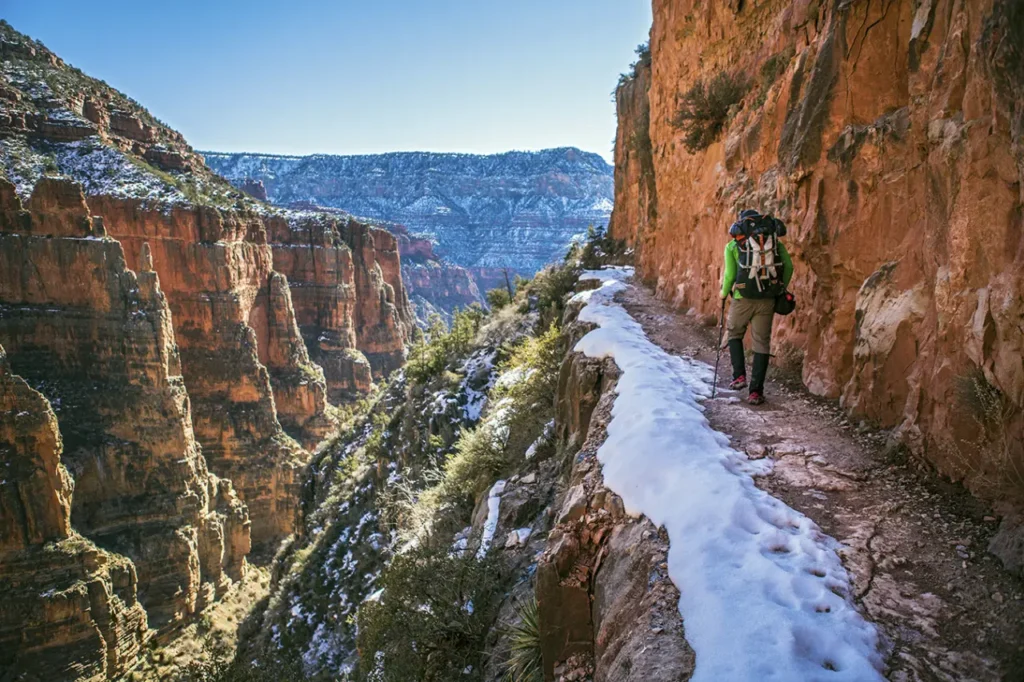
Skywalk
The Grand Canyon West, managed by the Hualapai Tribe, is home to the Skywalk, a glass bridge that extends over the canyon’s edge. This engineering marvel allows visitors to walk on a transparent platform and experience the sensation of being suspended above the vast chasm below.
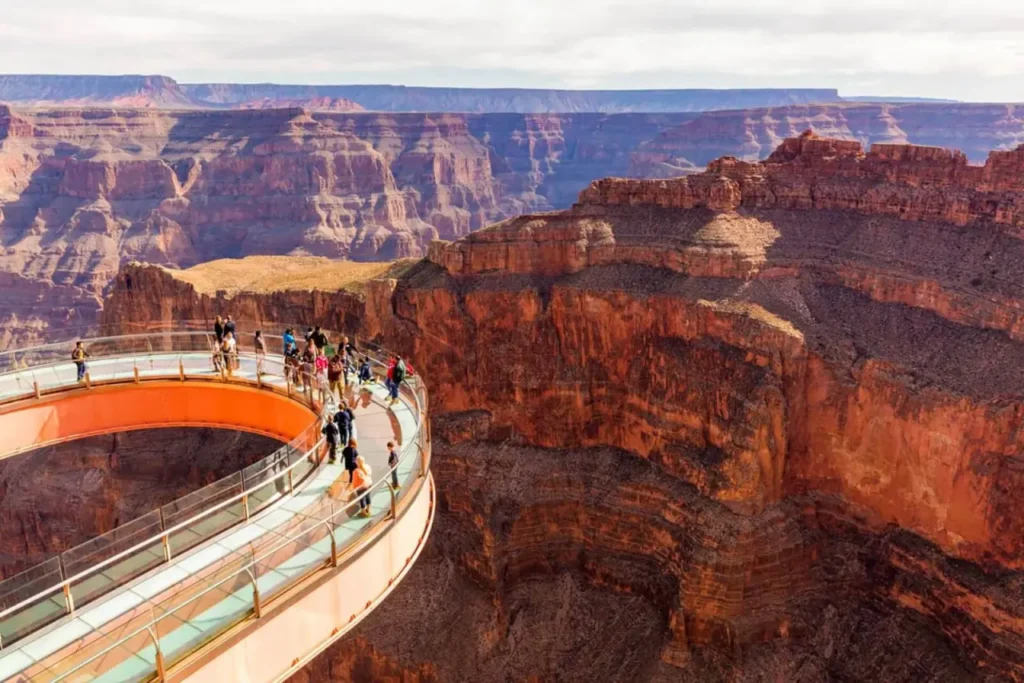
Havasu Falls
Located in the Havasupai Indian Reservation within the Grand Canyon, Havasu Falls is a breathtaking and iconic waterfall. The vibrant blue-green waters cascading into picturesque pools create a truly mesmerizing sight. Access to Havasu Falls requires obtaining a permit and hiking several miles.
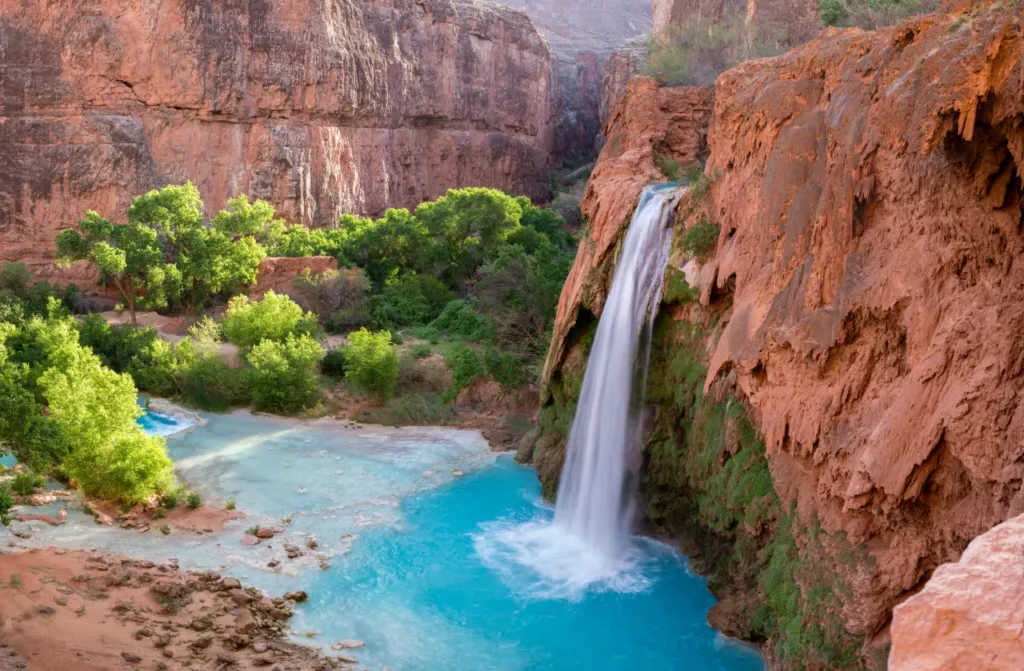
Wildlife
The Grand Canyon is home to a diverse array of wildlife, including mule deer, elk, California condors (one of the rarest bird species in the world), bighorn sheep, and various reptiles and smaller mammals. Birdwatchers will find plenty of opportunities to spot different avian species soaring above the canyon.
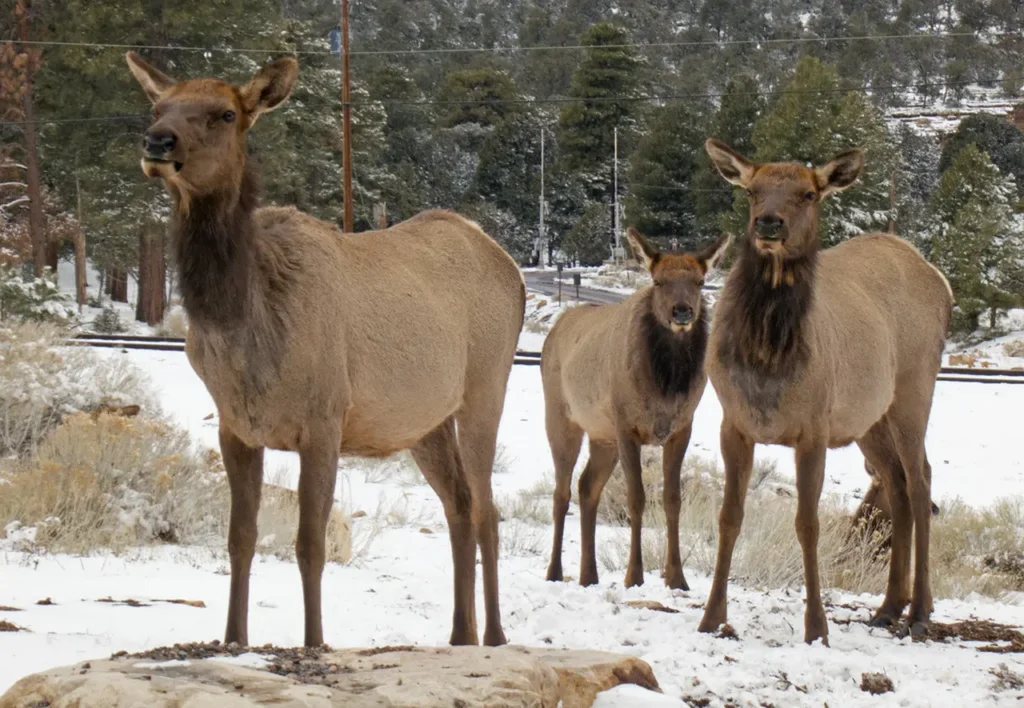
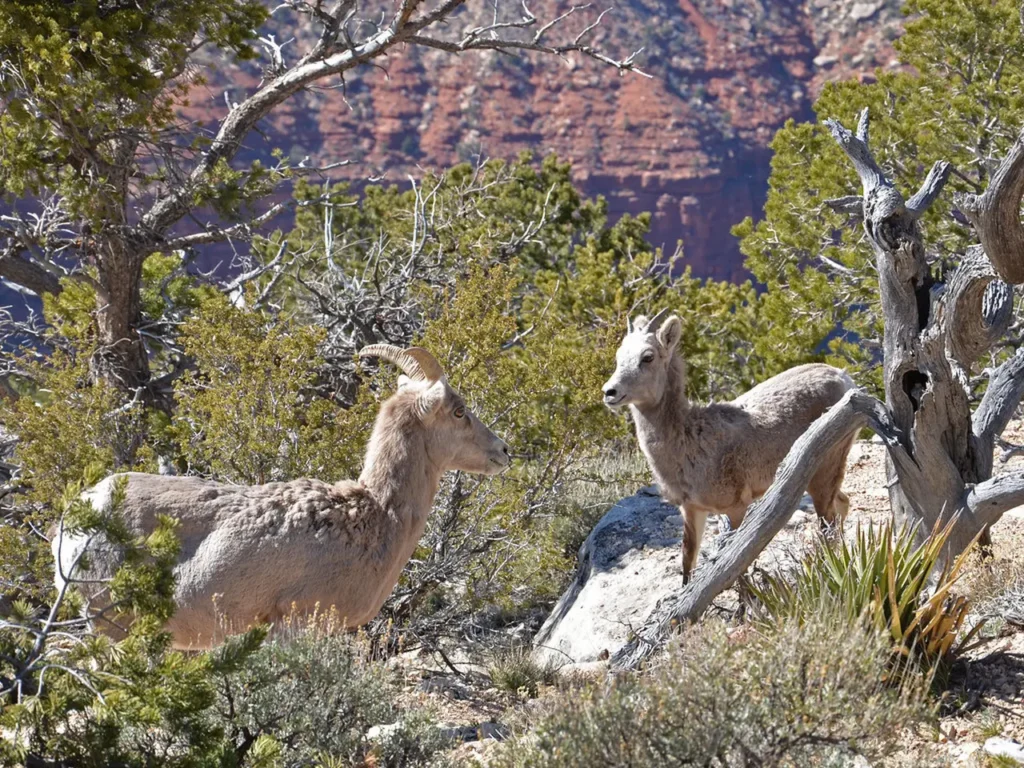
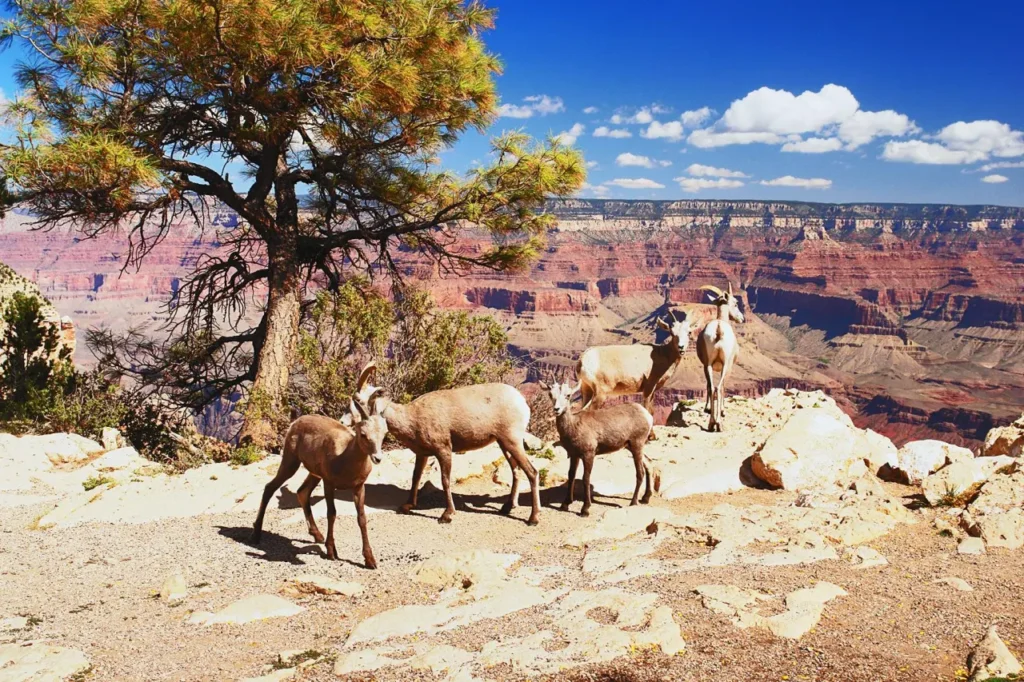
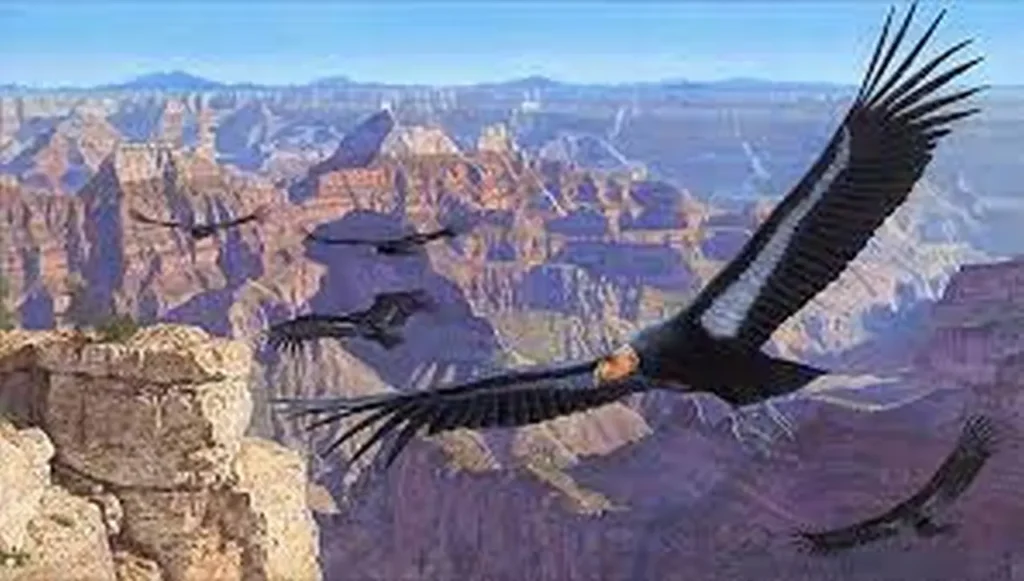
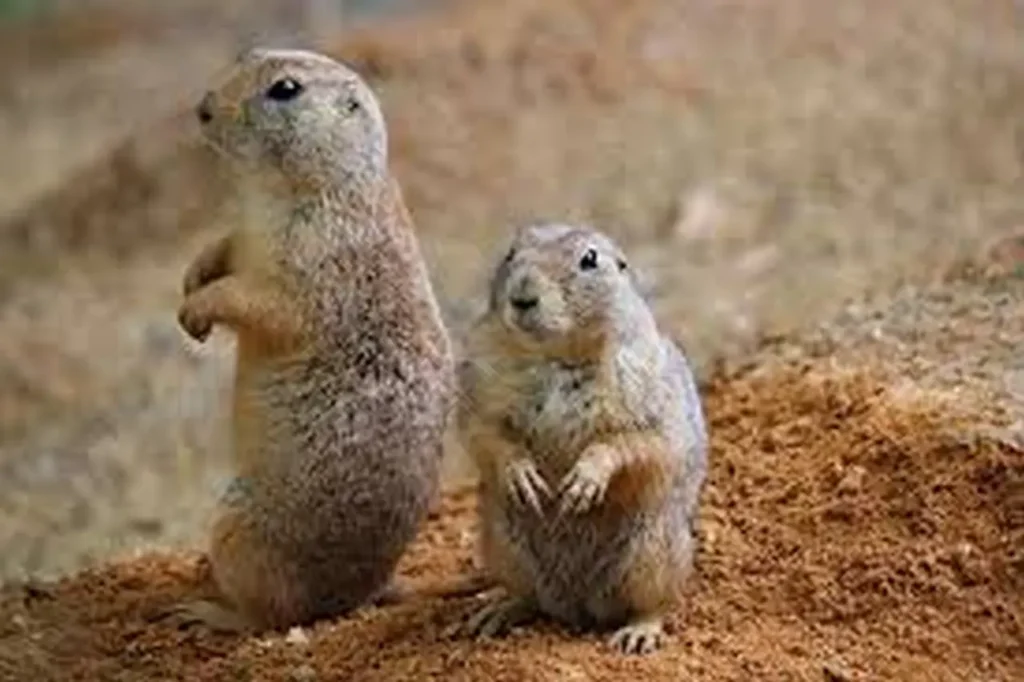
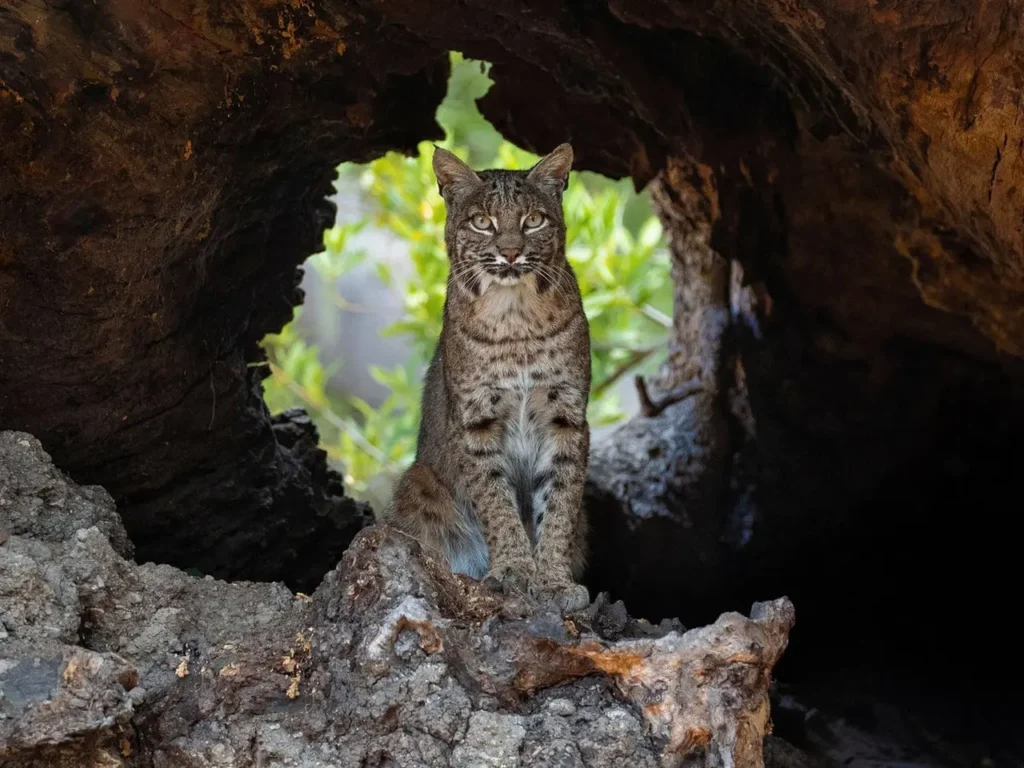
Stargazing
Due to its remote location and limited light pollution, the Grand Canyon offers exceptional opportunities for stargazing. On clear nights, the dark skies above the canyon reveal a stunning display of stars, including the Milky Way. The Grand Canyon National Park occasionally hosts stargazing events and programs.
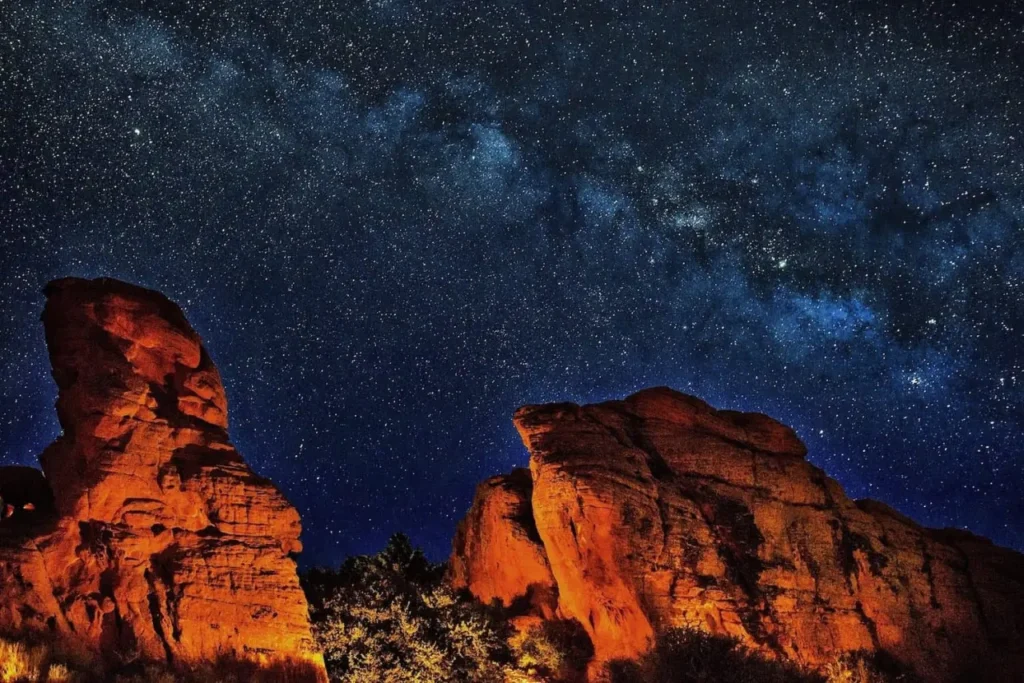
Grand Canyon Railway
For a unique way to reach the South Rim, you can take the historic Grand Canyon Railway. This vintage train journey departs from Williams, Arizona, and provides a nostalgic and scenic ride through the pine forests and high desert landscapes before arriving at the Grand Canyon Village.
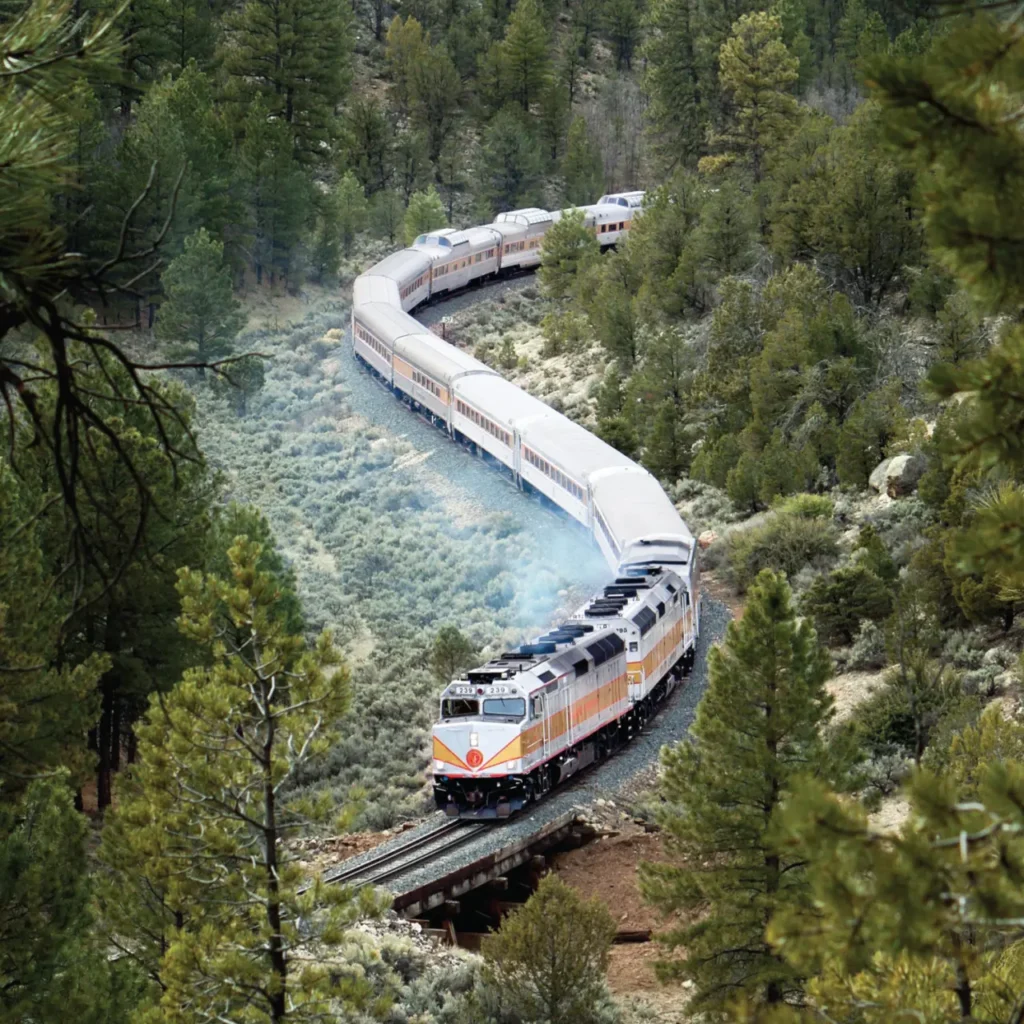
The Grand Canyon is a vast and captivating destination that offers endless opportunities for exploration, adventure, and connection with nature. Its geological wonders, panoramic vistas, and diverse ecosystems make it a must-visit location for nature enthusiasts, outdoor adventurers, and those seeking awe-inspiring natural beauty.
What will we learn when visiting the Grand Canyon?
When visiting the Grand Canyon, there are several things you can learn and take away from the experience:
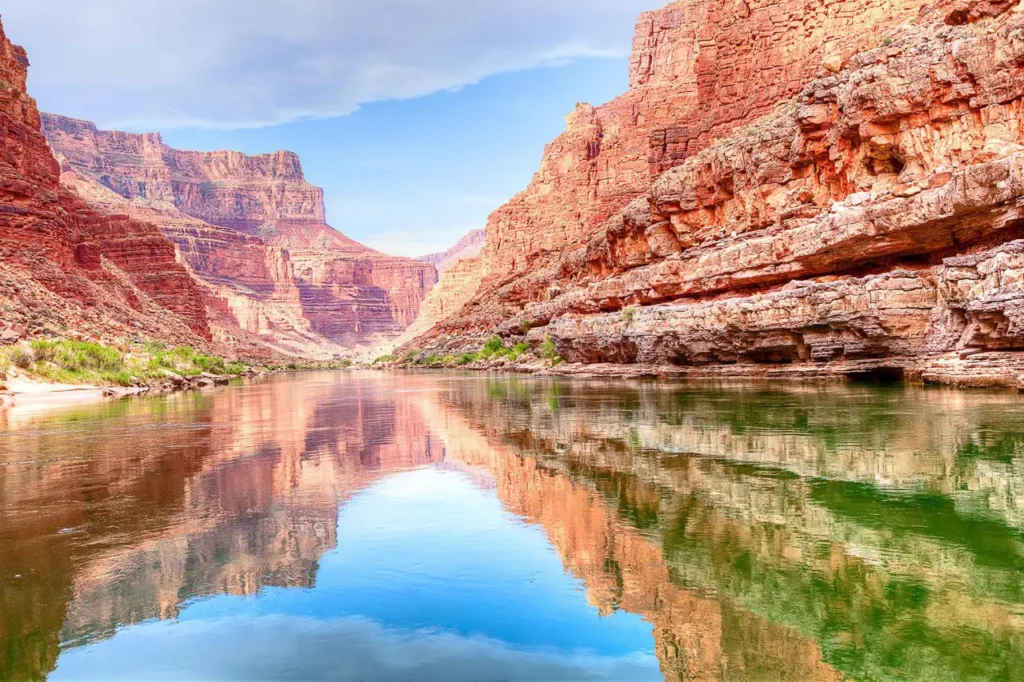
- Geological History: The Grand Canyon offers a unique opportunity to learn about the Earth’s geological history. The exposed rock layers in the canyon walls tell a story that spans millions of years, providing insights into the formation of the canyon, the forces of erosion, and the changing landscapes of the region.
- Natural Processes: By observing the Grand Canyon’s dramatic landscape, you can gain a deeper understanding of natural processes such as erosion, weathering, and the power of water. You can witness how the Colorado River has shaped the canyon over time and appreciate the ongoing geological forces at work.
- Biodiversity and Ecosystems: The Grand Canyon is home to a diverse range of plant and animal species. Exploring the park allows you to learn about the unique ecosystems within the canyon and the adaptations that enable life to thrive in this harsh desert environment. You may encounter wildlife such as mule deer, elk, birds, reptiles, and various plant species.
- Native American Culture: The Grand Canyon region has significant cultural and historical importance for Native American tribes, including the Havasupai, Hualapai, Hopi, Navajo, and Paiute. You can learn about their rich traditions, connection to the land, and the enduring presence of Native American communities in the area.
- Conservation and Environmental Awareness: Visiting the Grand Canyon provides an opportunity to learn about the importance of conservation and preserving natural wonders for future generations. You can gain an appreciation for the efforts made to protect the park and understand the role you can play in being a responsible steward of the environment.
- Personal Perspective and Reflection: The vastness and beauty of the Grand Canyon often evoke a sense of awe and wonder. It can provide a space for personal reflection, introspection, and a greater appreciation for the natural world. The experience of being in such a magnificent setting can inspire a deeper connection to nature and a desire to protect our planet.
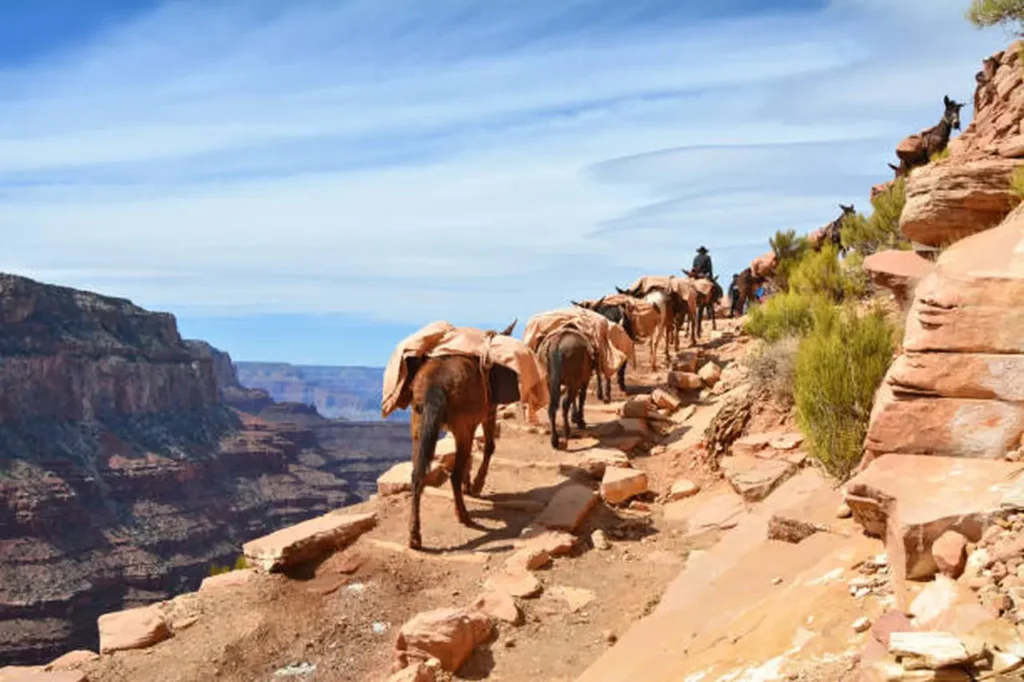
Visiting the Grand Canyon offers a unique educational experience that combines science, history, culture, and personal discovery. It allows you to learn about the natural world, the importance of conservation, and your own place within the broader ecosystem.
What should we pay attention when traveling to the Grand Canyon?
Here are some important notes to keep in mind when visiting the Grand Canyon:
- Safety First: The Grand Canyon is a vast and rugged natural environment, so it’s crucial to prioritize safety. Stay on designated trails, follow park rules, and be cautious near cliff edges. Keep an eye on children and be aware of your surroundings at all times.
- Plan Ahead: Before your visit, research the park, trails, and activities you’re interested in. Check the weather forecast, as conditions can vary. Consider the time needed for transportation, parking, and exploring different areas of the park.
- Stay Hydrated: The Grand Canyon is located in a desert region, so it’s important to stay hydrated, especially during hot weather. Carry an adequate supply of water and drink regularly to prevent dehydration.
- Dress Appropriately: Dress in layers and wear comfortable, sturdy footwear suitable for walking and hiking. Sun protection is essential, so wear a hat, sunglasses, and sunscreen to shield yourself from the intense desert sun.
- Carry Essential Supplies: Pack essentials such as water, snacks, a map or guidebook, a first-aid kit, insect repellent, and a camera to capture the stunning views. It’s also a good idea to bring a backpack or daypack to carry your belongings.
- Leave No Trace: Respect the environment by practicing the principles of “Leave No Trace.” Pack out your trash, dispose of waste properly, and leave natural and cultural objects untouched. Help preserve the Grand Canyon for future generations.
- Be Mindful of Wildlife: The Grand Canyon is home to various wildlife species. Keep a safe distance and observe animals from afar. Do not feed or approach them, as it can be harmful to both you and the animals.
- Stay Informed: Check with park rangers or visitor centers for updates on trail conditions, closures, or any safety advisories. They can provide valuable information, guidance, and recommendations based on the latest park conditions.
- Be Respectful of Others: The Grand Canyon attracts visitors from around the world. Be respectful of fellow visitors, their space, and their experience. Be mindful of noise levels and avoid disrupting others’ enjoyment of the park.
- Enjoy the Experience: Take your time to fully appreciate the grandeur and beauty of the Grand Canyon. Pause, take in the breathtaking views, and create lasting memories of this natural wonder. Embrace the opportunity to connect with nature and immerse yourself in its splendor.
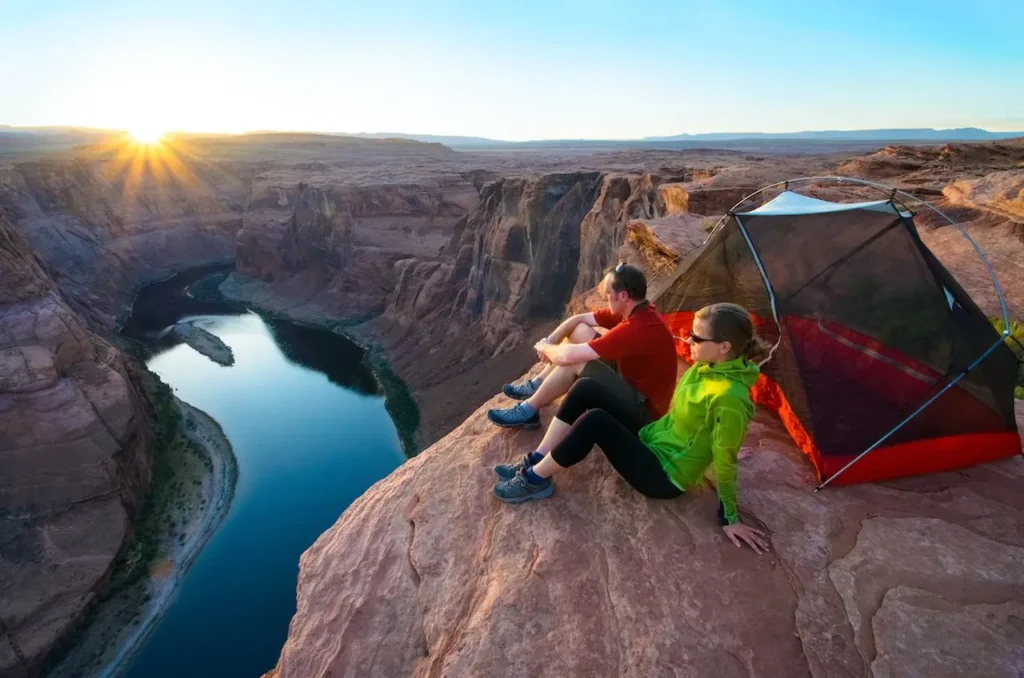
By keeping these notes in mind, you can have a safe, enjoyable, and memorable visit to the Grand Canyon.
Some activities at the Grand Canyon
There are numerous activities available to visitors at the Grand Canyon. Here are some of the popular ones:
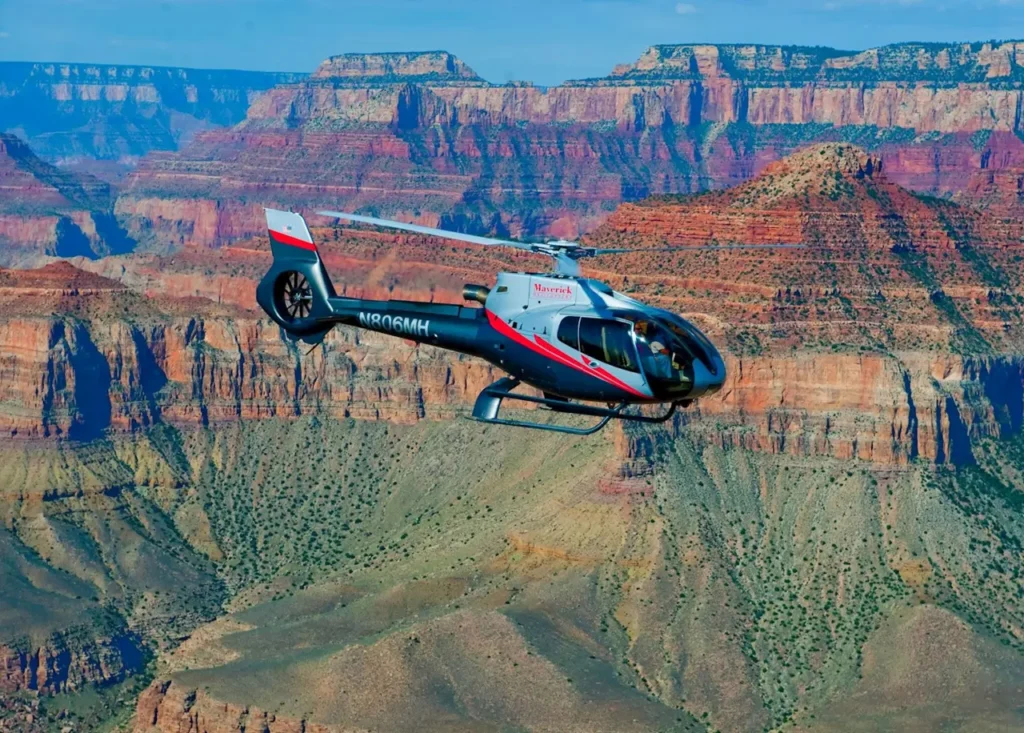
- Scenic Sightseeing: Simply taking in the breathtaking views of the Grand Canyon is an activity in itself. There are numerous viewpoints along the rim that offer stunning vistas of the canyon and its changing colors.
- Hiking: The Grand Canyon offers a wide range of hiking trails suitable for different skill levels. From short walks along the rim to challenging hikes into the canyon, there are options for everyone. Some popular trails include the Bright Angel Trail, South Kaibab Trail, and Rim Trail.
- Mule Rides: For a unique experience, you can take a guided mule ride into the canyon. This allows you to explore the inner canyon and enjoy the views while riding on the back of a sure-footed mule.
- Rafting: The Colorado River flows through the Grand Canyon, providing opportunities for rafting adventures. You can embark on multi-day whitewater rafting trips that take you through thrilling rapids and offer a unique perspective of the canyon.
- Helicopter and Airplane Tours: If you want to see the Grand Canyon from a different vantage point, you can take a helicopter or airplane tour. These tours provide a bird’s-eye view of the canyon’s expansive beauty.
- Camping: The Grand Canyon offers camping facilities within the park. You can set up camp at designated campgrounds and enjoy the unique experience of sleeping under the starry desert sky.
- Ranger Programs and Guided Tours: The park offers a variety of ranger-led programs, including guided walks, talks, and demonstrations. These programs provide valuable insights into the natural and cultural history of the Grand Canyon.
- Photography: The Grand Canyon is a photographer’s paradise. Capture the stunning landscapes, unique rock formations, and vibrant colors as you explore the park.
- Stargazing: With its remote location and limited light pollution, the Grand Canyon offers excellent opportunities for stargazing. On clear nights, you can witness a dazzling display of stars and celestial wonders.
- Cultural and Historic Sites: Learn about the rich Native American history and the pioneering spirit of early settlers by visiting cultural and historic sites within the park, such as the Tusayan Museum and Desert View Watchtower.
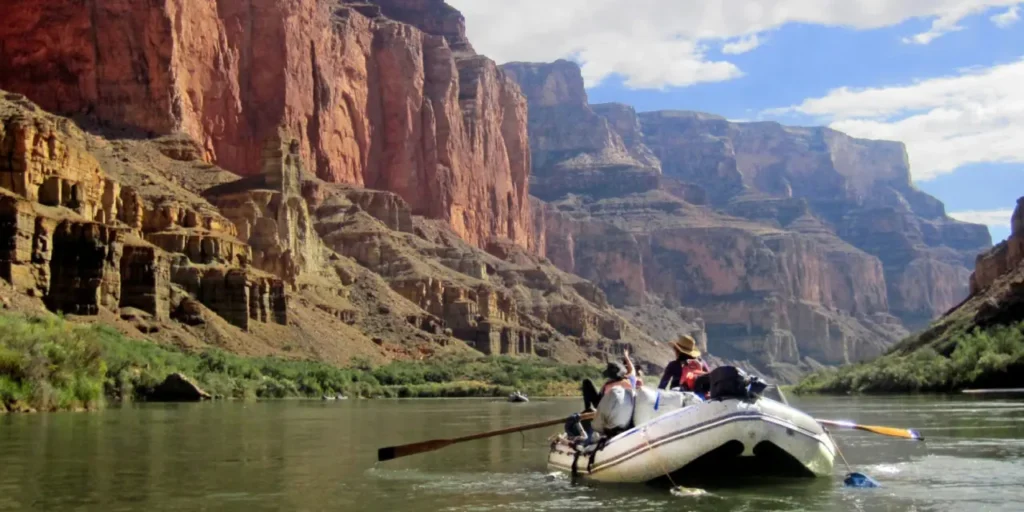
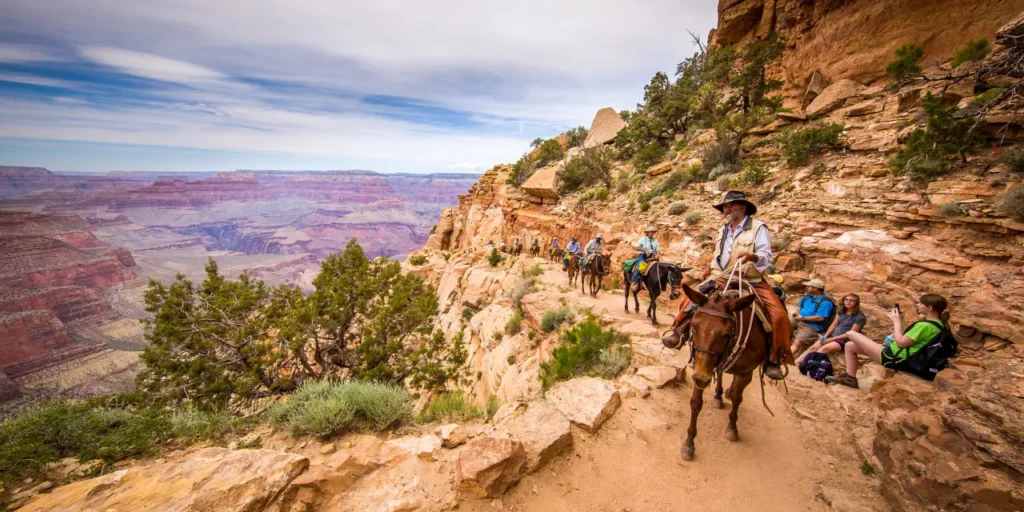
These activities provide a range of experiences for visitors to enjoy the natural beauty, geological wonders, and cultural heritage of the Grand Canyon.
When we should visit the Grand Canyon?
The best time to visit the Grand Canyon largely depends on your preferences and the activities you plan to engage in. Here are some considerations for different seasons:
- Spring (March to May): Spring is a popular time to visit as the weather is mild, and wildflowers bloom, adding color to the landscape. It’s a great time for hiking and outdoor activities. However, keep in mind that it can still be chilly at higher elevations, and some trails may be icy or snow-covered.
- Summer (June to August): Summer brings warm weather and longer daylight hours, making it an ideal time for outdoor exploration. However, it’s also the busiest season, with larger crowds and higher temperatures, particularly in the inner canyon. Be prepared for hot weather and plan your activities accordingly.
- Fall (September to November): Fall offers pleasant weather, with cooler temperatures and fewer crowds compared to summer. The changing foliage adds a beautiful touch to the landscape, making it a picturesque time to visit. It’s a great time for hiking and photography.
- Winter (December to February): Winter is the least crowded time to visit the Grand Canyon, and if you enjoy a quieter experience and don’t mind cold temperatures, it can be a beautiful time to visit. The rim may experience snowfall, creating a stunning winter wonderland. Note that some services and facilities may have reduced hours or be closed during this time.
Ultimately, the best time to visit the Grand Canyon depends on your personal preferences, availability, and what you hope to experience during your trip. It’s a remarkable destination that offers awe-inspiring views and a range of activities throughout the year.
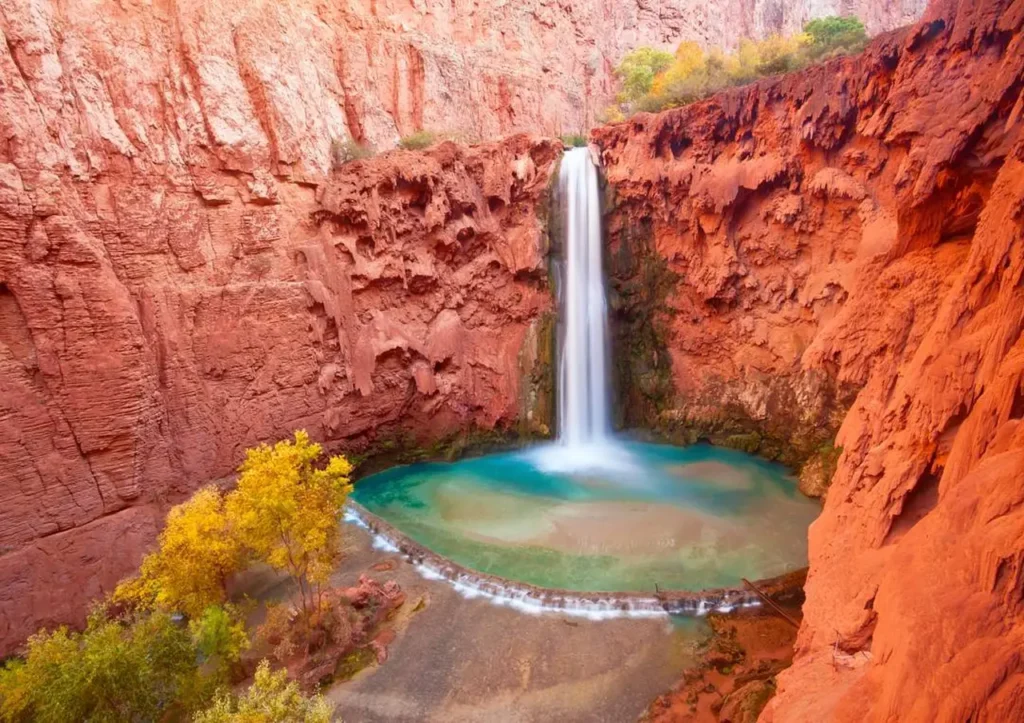
In conclusion, this article has provided an overview of the Grand Canyon. We hope this information is useful to you. If you are interested in further exploring the fascinating world of places, please visit our website for more exciting discoveries about beautiful places!